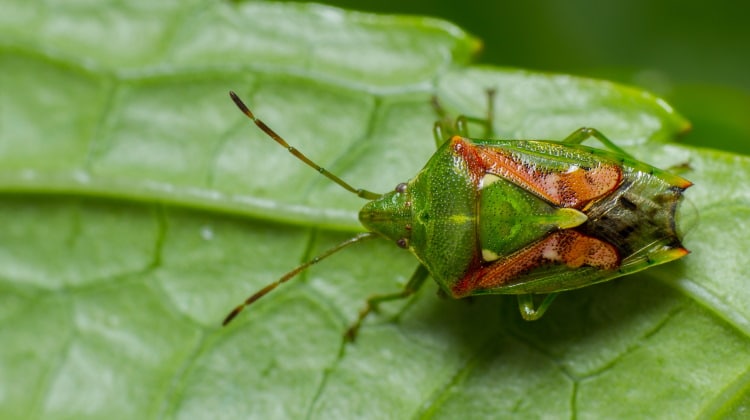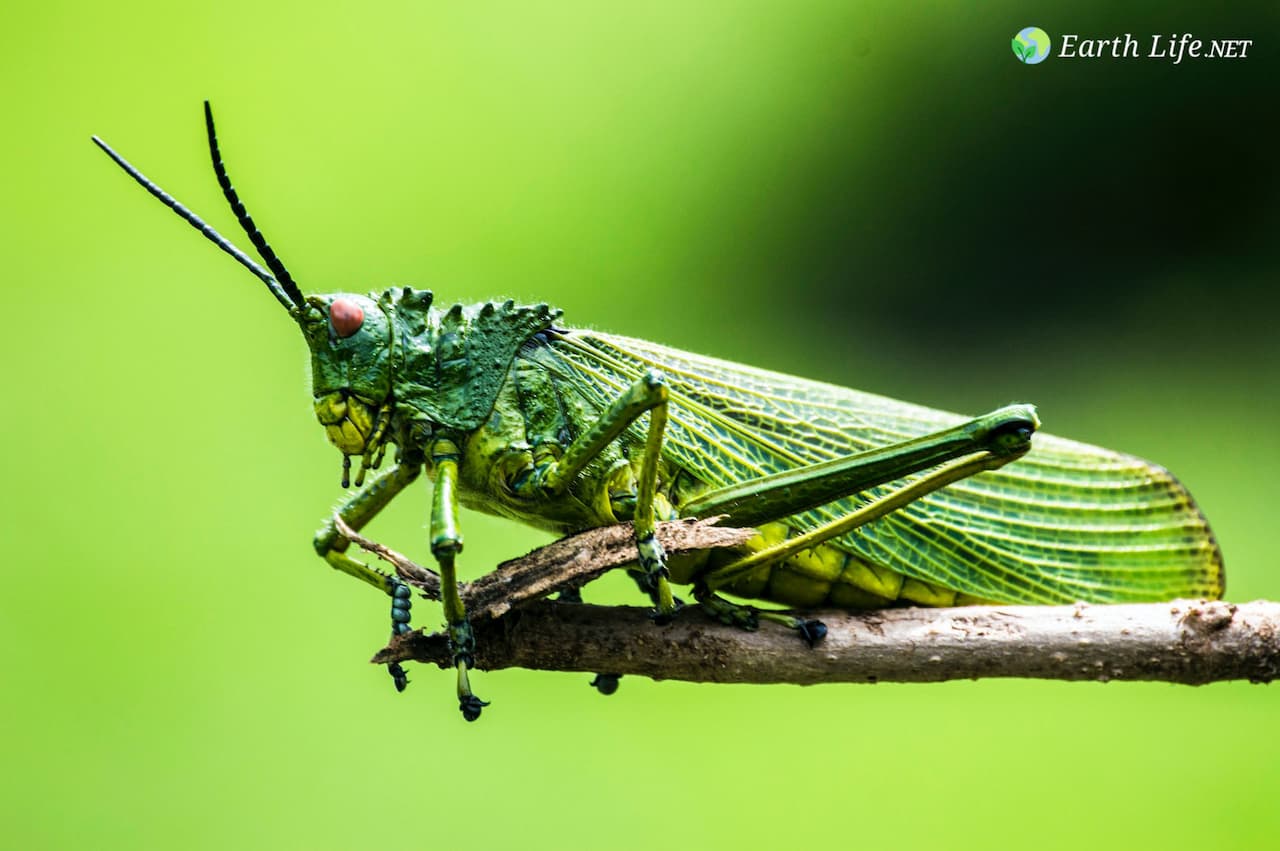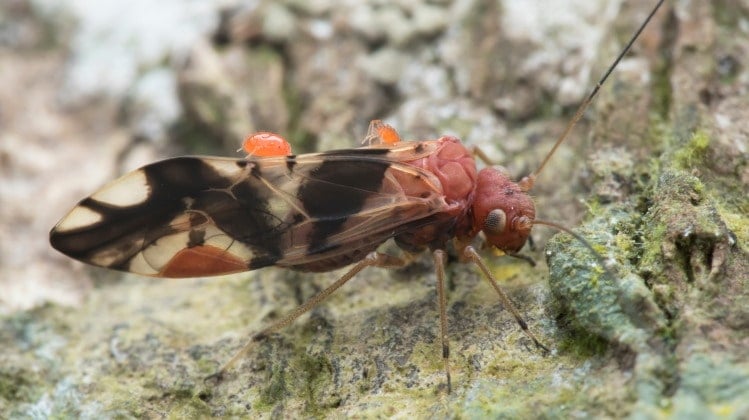Zoraptera: The Tiny, Little-Known Relatives Of Termites
The Zoraptera are a very small order of insects, there are about 45 known species according to the Catalogue of Life..
They are also small in size, being less than 3 mm long. They are hemimetabolous, have biting mouthparts, are very short, have 1 segmented cerci and 9 segmented antennae.
Zoraptera are generally found under bark or in humus and leaf-litter. They are unusual in that each species comes in 2 different forms, one of which is ‘alate’ (has wings) and the other is ‘apterous’, i.e. doesn’t have wings. The apterous form is the more common, generally white in color and has no compound eyes or ocelli. Whereas the alate forms have both compound eyes and ocelli, and are more pigmented.
Though less than 3 mm long, an alate Zorapteran can have a total wingspan of about 7mm. Another interesting thing is that, like their relatives the Termites (Isoptera), they can voluntarily shed their wings.
Though little is known about their biology, it is known that 2 forms of nymphs occur that equate with the 2 different life-forms. They are usually found in rotting timber and/or sawdust, well composted leaf-litter and Termite nests.
They feed on fungal spores and smaller arthropods. The name Zoraptera comes from the Greek words “zor” meaning pure and “aptera” meaning wingless (they were named before the winged forms were discovered).
Bibliography
- Courtship Feeding and Repeated Mating in Zorotypus barberi (Insecta, Zoraptera); By Choe J. C.; Animal Behaviour, 1995, Vol.49, No.6, pp.1511-1520
- The order Zoraptera (Insecta) from Christmas Island, Indian Ocean.; New, T.R.; INVERTEBR. TAXON. 1995 vol. 9, no. 2, pp. 243-246
- Sexual Selection and Mating System in Zorotypus gurneyi Choe (Insecta, Zoraptera) .2. Determinants and dynamics of dominance; Choe J. C.; Behavioral ecology and Sociobiology, 1994, Vol.34, No.4, pp.233-237
- Sexual selection and mating system in Zorotypus gurneyi Choe (Insecta, Zoraptera) .1. Dominance hierarchy and mating success; Choe J. C.; Behavioral Ecology and Sociobiology, 1994, Vol.34, No.2, pp.87-93
- Zoraptera wing structures – evidence for new genera and relationship with the blattoid orders (Insecta, Blattoneoptera); Kukalovapeck J. and Peck S.B.; Systematic Entomology, 1993, Vol.18, No.4, pp.333-350
- Zorotypus gurneyi, new species, from Panama and redescription of Zorotypus barberi Gurney (Zoraptera, Zorotypidae); Choe J. C.; Annals of the Entomological Society of America, 1989, vol.82, no.2, pp.149-155
- Zorotypus palaeus, new species, a fossil Zoraptera (insecta) in Dominican amber.; Poinar G. O.; Journal of the New York Entomological Society, 1988, vol.96, no.3, pp.253-259
- Grooming behavior in Embioptera and Zoraptera (Insecta).; Valentine B. D.; Ohio Journal of Science, 1986, vol.86, no.4, pp.150-152
- Biological observations on Zorotypus hubbardi Caudell (Zoraptera); Shetlar,D.J.; Entomol. News, 1978 Vol. 89(9-10), 217-223
- Notes on Neotropical Zoraptera, with descriptions of two new species.; New,T.R.; Syst. Entomol., 1978 Vol. 3(4), 361-370
- A synopsis of the order Zoraptera with notes on the biology of Zorotypus hubbardi Caudell.; Gurney, A.B.; Proc. Ent. Soc. Wash., 1938. 40: 57-87.
- Evidences of relationship indicated by the venation of the forewings of certain insects with special reference to the Hemiptera-Homoptera.; Crampton, G. C.; Psyche, 1922. 29: 23-41.
- Some anatomical details of the remarkable winged Zorapteron, Zorotypus hubbardi Caudell with notes on its relationships.; Crampton, G. C.; Proc. Ent. Soc. Washington, 1920. 22: 98-106.





